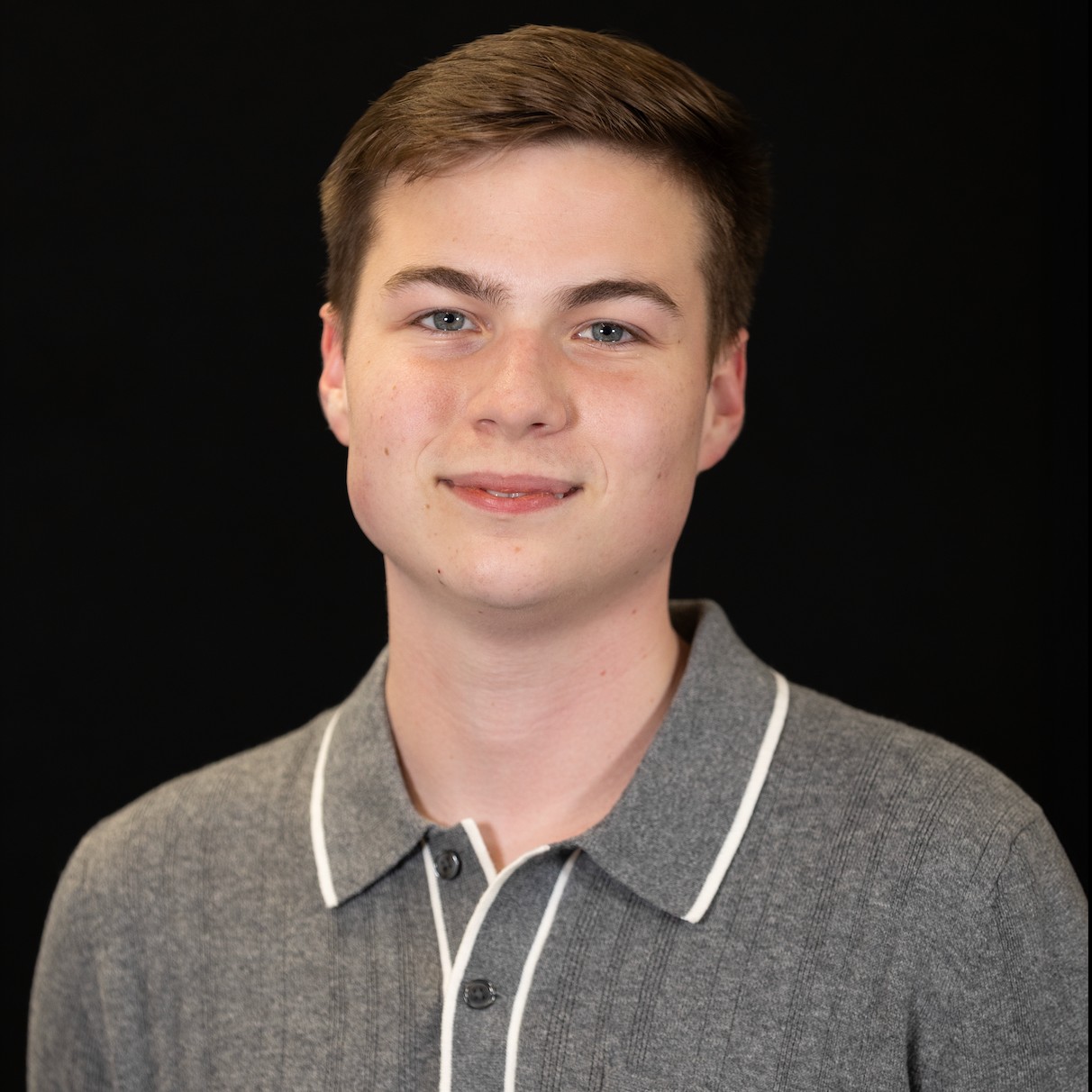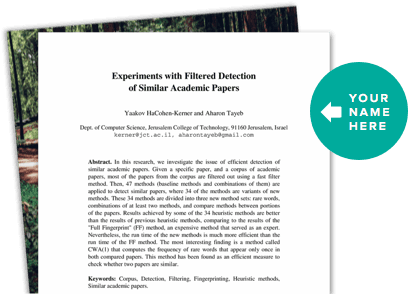About This Project
Eastern oyster, Crassostrea virginica, are a keystone species and a focal aquaculture species. These bivalves consume large amounts of microplastics (MP’s) as they filter surrounding waters for food. Microbes can colonize the surface of MP’s, including human pathogens of the genus Vibrio, which can then be transmitted to humans when oyster are consumed raw. This project aims to explore MP’s as a vector for human pathogens under projected climate change scenarios.
Ask the Scientists
Join The DiscussionWhat is the context of this research?
Eastern oyster are currently facing a suite of challenges. Changes in temperature, pH and salinity are negatively impacting their physiology and immune function, making them more susceptible to disease. Microplastics (MP’s) are now considered the most prevalent form of marine debris, and have been shown to impair oyster filtration efficiency and reproduction. Pathogenic bacteria (harmful to human; of the genus Vibrio) have been found on the “plastisphere”; the microbial community that forms on MP debris. Projected environmental scenarios model expansion of bacterial ranges. Oyster are becoming more susceptible to bacteria, which can colonize MP’s. Our project will explore if Vibrio can use microplastics as a vector to infect the Eastern Oyster, increasing human infection rates.
What is the significance of this project?
Given the important role oysters play both as a keystone species and as a focal aquaculture species, it is critical to explore how climate change projections impact the physiology of Crassostrea virginica; how these projections might influence microplastic (MP's) ingestion in this bivalve, and finally, if MP's serve as a disease vector for a known human pathogen. The answers to these questions will provide data on how Eastern oyster may fare in a projected estuarine environment, how MP's (specifically, monofilament fishing line and polyester/nylon threads) might impact their physiology, leading to impacts on oyster population numbers and finally, the suitability of oyster of a human food source under GCC scenarios with expanded bacterial ranges.
What are the goals of the project?
We will build on our pilot work exploring biofilm formation on microplastics (MP's). We will inoculate MP's with three strains of bacteria: Vibrio parahaemolyticus, V. vulnificus, and V. cholerae and measure biofilm formation at 3, 5 and 7-days to discern the idealized incubation time.
These Vibrio-colonized MP’s will then be added to our experimental system. Oyster are housed in a series of tanks mimicking projected environmental scenarios of the year 2300. We are currently exploring the interaction of elevated temperature (20°C to 27°C) and ocean acidification (400µatm to 2000µatm). At 7, 14, and 28-days of exposure, oyster will be removed from the system, hemolymph extracted, and microplastic counts of ingested particles will be performed.
Budget
My lab has completed pilot work where we have effectively quantified the biofilm formed on microplastics by bacteria naturally found in seawater. The next steps in our research is to explore how pathogenic Vibrio species (V. parahaemolyticus, V. vulnificus, and V. cholerae) are able to colonize microplastics and if that results in an increased transmission rate in Eastern oyster, Crassostrea virginica under projected climate change scenarios. This requires exposing oyster to Vibrio-colonized microplastics while under environmental conditions, extracting hemolymph (i.e. oyster “blood”), and plating the hemolymph on a media (CHROMagar) that selects specifically for Vibrio species. In order to discern if our bacteria are found in greater densities, we sample oyster brought into the lab for Vibrio and other common oyster diseases to ensure levels are below detection before beginning experimentation.
Endorsed by
 Project Timeline
Project Timeline
All work will be performed from September, 2024-May, 2025. Given the hefty reproductive investment of oyster, we must perform our experiments outside of their reproductive window, which is June-August.
May 05, 2024
Project Launched
Sep 30, 2024
Build upon pilot work and determine the idealized incubation time for Vibrio to colonize microplastics. This will require students to perform 2-3 pilot studies of 5-7 days
Oct 15, 2024
Travel to coast, collect oyster. Acclimate in lab (2 weeks) and collect hemolymph to ensure the oyster are disease-free. Students assist with feeding and water quality
Oct 31, 2024
Set up experimental system and prepare for experiment; this will involve all students
Oct 31, 2024
Incubate microplastics in seawater, followed by Vibrio inoculation (specific times will be determined by pilot work)
Meet the Team
Team Bio
My two research students (Sean Isaac and Tyler Mendela) have both been working in my lab since they were freshman. Both Sean and Tyler will complete their honors theses work with me in Fall 2024; this project will provide data for both of their Honors Research Projects.
Laura Enzor
My research centers around questions in the field of ecological physiology; how an organism uses its physiology to adapt to its environment and what form these adaptations may take. Specifically, I examine both the whole organism and cellular-level responses to anthropogenic climate change factors (temperature, acidification, hypoxia and salinity), and strive to answer questions of what short-term physiological adjustments organisms must undergo to cope with a changing environment, and potentially identify long-term adaptations. I work with aquatic organisms from marine and brackish environments, and explore how stress response pathways, energy demands, and acid-base homeostasis are impacted by both environmental and seasonal changes these organisms must face.
Additional Information
Please see lab note detailing our experimental system
Project Backers
- 1Backers
- 1%Funded
- $5Total Donations
- $5.00Average Donation



